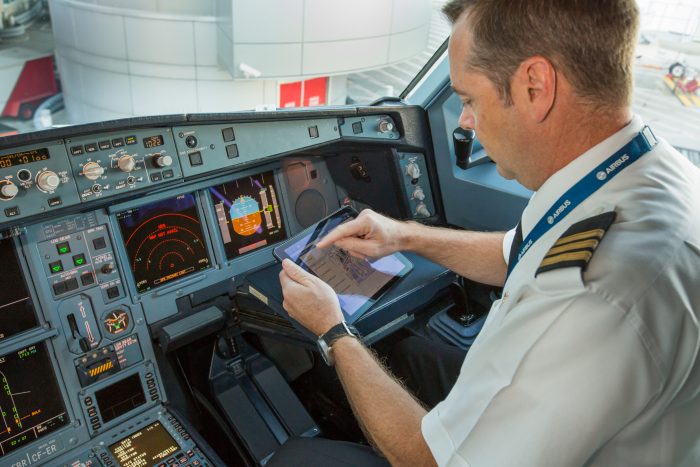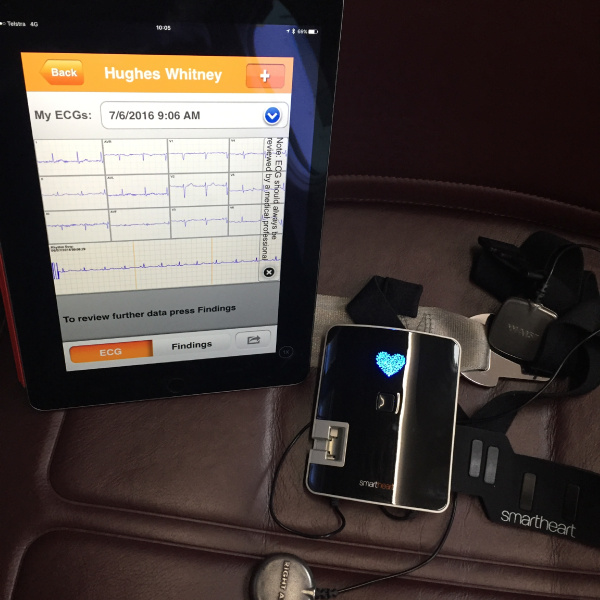Qantas is gearing up for the rollout of in-flight wifi on about 80 of our domestic aircraft. It will be free and it will be fast. And it’s fair to say we’re excited.
As part of the work happening behind the scenes, our Flight Operations and Engineering teams are looking at how they can use inflight connectivity to improve aspects of your flight beyond Instagram and live sport. Here’s some examples:
Reducing turbulence – at the moment, pilots download the latest weather maps on their iPads just before takeoff. They also have on-board radar to help them track storms as well as getting any major updates via radio. Having internet in the cockpit takes this to the next level. Pilots can stream richer information on real-time weather conditions expected along the flight path. They can use this to dodge areas of turbulence and make better use of tailwinds to reduce flying time.

Real time weather info allows pilots to avoid the bumps for a smoother flight and data sent from the plane can be picked up by our ops team to let engineers know if a replacement part is needed
Real-time maintenance – modern aircraft generate huge amounts of data. A single hour of flying can create several gigabytes of information from hundreds of sensors, particularly from the engines. Pilots are alerted to anything important, but a lot of other data can’t really be accessed until the aircraft is on the ground.
By streaming this information back to base via the internet, our engineers can closely monitor the technical performance of the aircraft in real-time and be ready if something needs attention. If they detect a replacement part is needed (like, a new fuel filter) they’ll get a head start on making sure it’s available when the aircraft lands.

A passenger’s heart function can be streamed from the air to a medical officer on the ground, improving the care for the passenger and giving flight crew detailed information before a decision to divert the aircraft is made.
Fewer medical diversions – from time to time, passengers fall ill on a flight. Our crew are trained in first aid and we often have the generous assistance of passengers who are medical professionals.
But sometimes it’s hard to tell how serious a condition is, so we tend to err on the side of caution and land as soon as we can. These medical diversions, which average two or three a month across Qantas, can cause a lot of disruption to hundreds of people.
It often turns out that we could have kept flying with no negative effect on the sick passenger (who also wants to get to their destination, particularly if it’s home).
We’ve trialled one device which scans a patient’s heart condition if they are experiencing chest pains. The heart data is sent by wifi to a medical officer on the ground, providing a better diagnosis of the passenger which then informs whether we may need to divert to another airport or if the passenger is stable enough to be treated when we land at the original destination.
New connections – when flights are delayed, it causes problems for passengers who have an onward connection. We have a team inside our Integrated Operations Centre that looks after rebooking passengers when this happens, but you often can’t get this information until you land. With on-board wifi, we’re looking at sending passengers an updated itinerary in-flight so that they have more certainty and can make any other arrangements ahead of time.
Click here for more Roo Tales